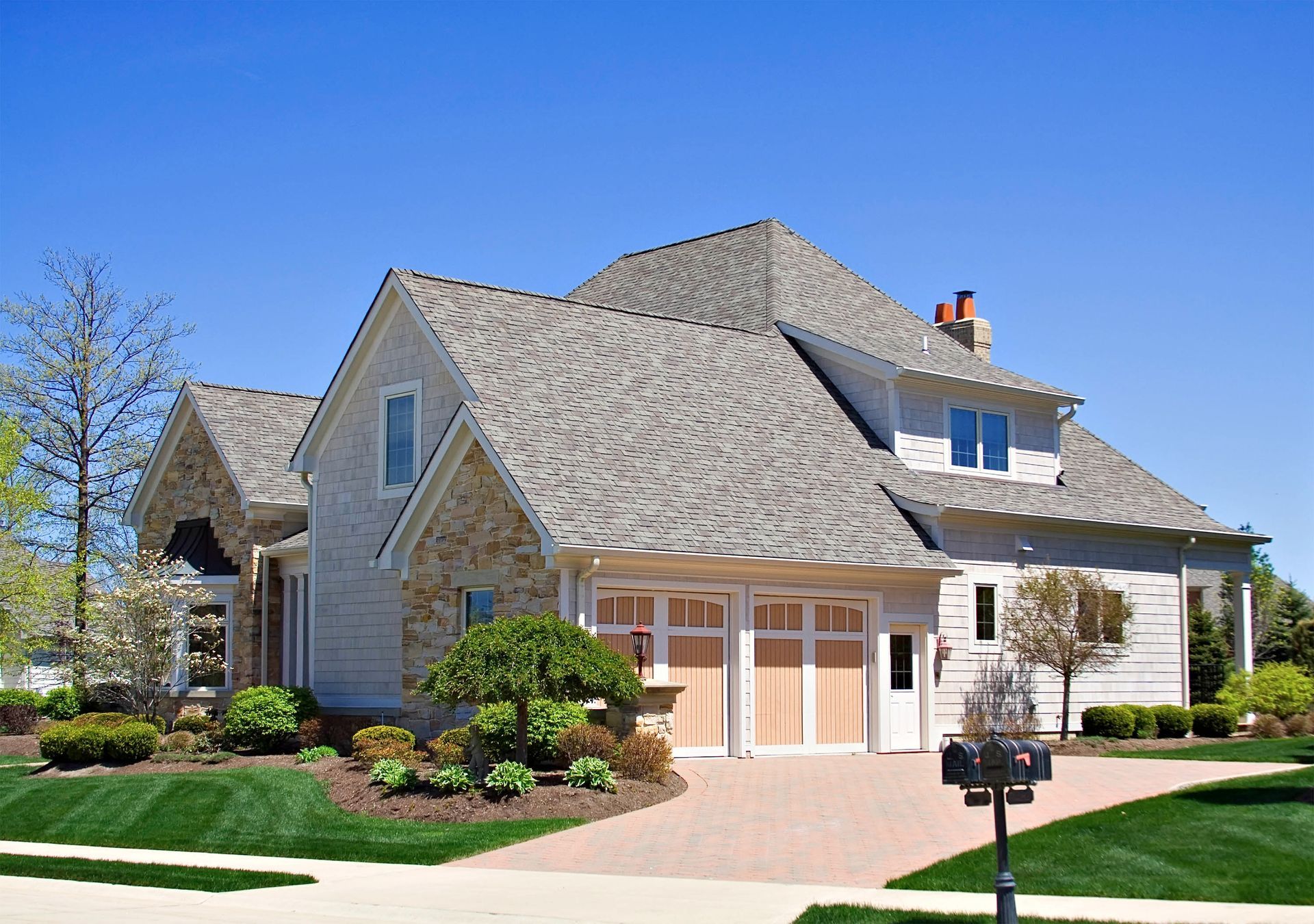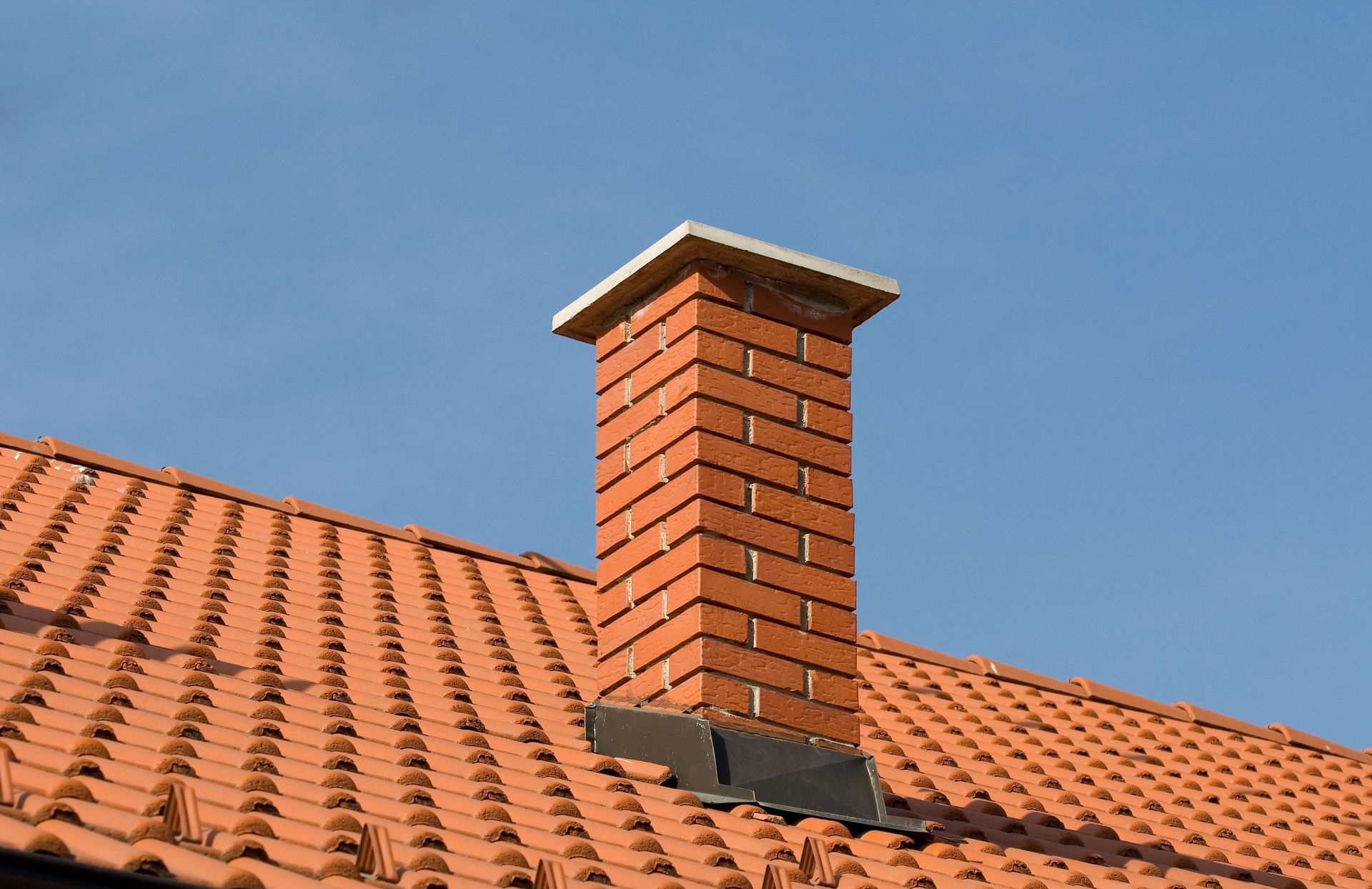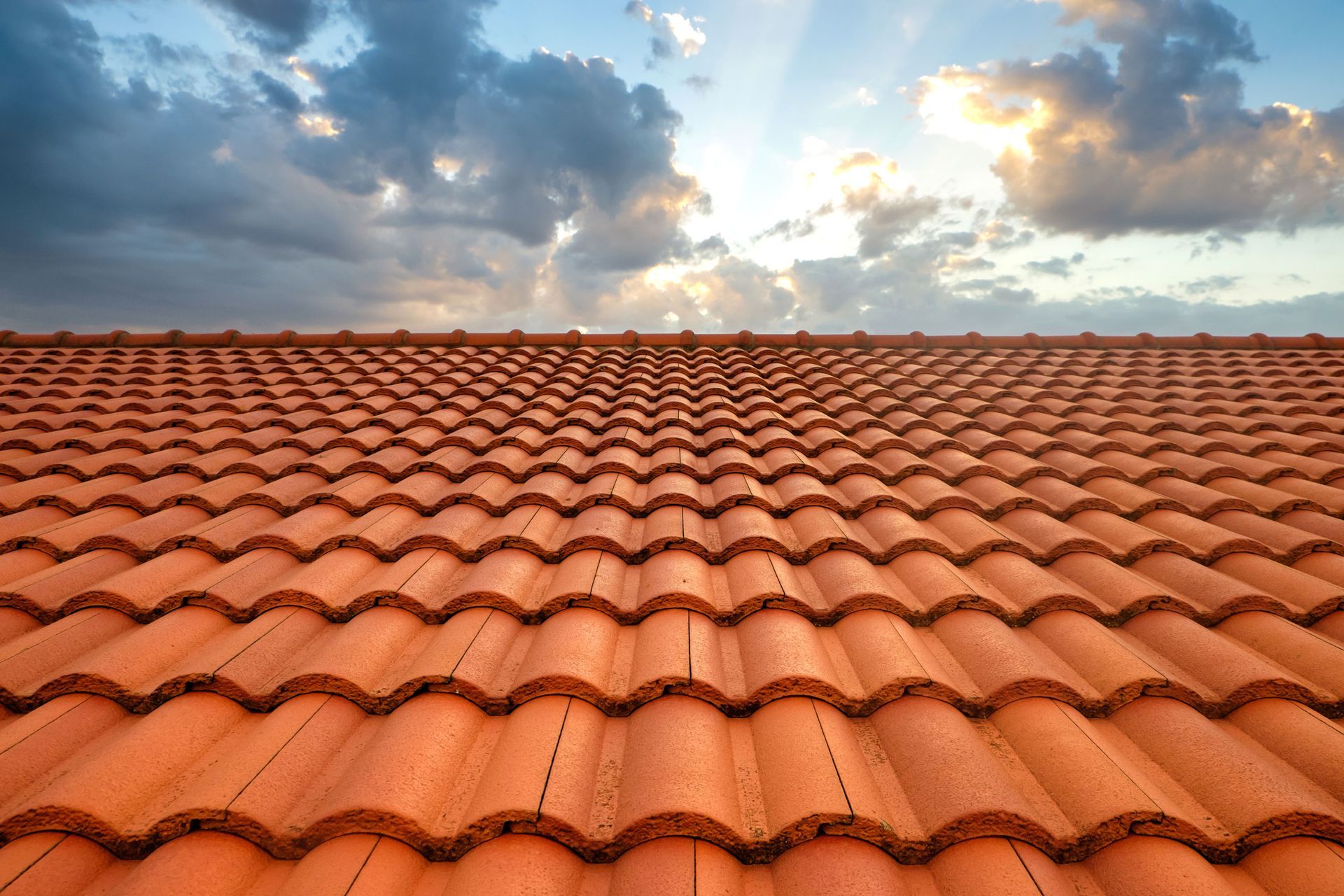6 Signs It’s Time for a Tile Roof Replacement
Tile roofs are renowned for their durability and aesthetic appeal. In fact, according to The Freedonia Group, demand for roofing tiles is forecasted to increase by 1.9% each year in the United States. With proper maintenance, they can last for decades, but even the most resilient materials eventually show signs of wear. Knowing when to replace your tile roof can save you from costly repairs and protect your home. Here are six key signs that indicate it’s time to hire a tile roofer for a replacement.
1. Cracked or Broken Tiles
Cracked or broken tiles are among the most obvious signs of roof damage. Individual tiles may break due to heavy storms, falling branches, or simple aging. Over time, weather cycles of heating and cooling can cause tiles to become brittle, making them more susceptible to cracking. Broken tiles expose the underlying layers of your roof to moisture, increasing the likelihood of water damage and rot.
If you notice a few isolated cracks, these can often be repaired. However, if the damage is widespread, it could be a sign that your roof’s structural integrity is at risk. Additionally, cracked tiles can allow debris to enter your roof system, creating further complications. A professional assessment by a tile roofer is key to determining whether repairs or a full roof replacement is needed.
2. Persistent Leaks
Water leaks are one of the most serious warning signs that your roof may be failing. While a single leak might be patchable, recurring leaks or water damage in multiple areas often indicate more extensive problems. Leaks are typically a result of compromised underlayment, damaged tiles, or poorly sealed flashing.
The effects of leaks go beyond water stains on your ceiling. Over time, water infiltration can lead to mold growth, damage to insulation, and deterioration of wooden structures in your attic or walls. Ignoring leaks can also result in higher energy bills as wet insulation becomes less effective. If you’re dealing with frequent leaks, replacing the roof might be the best long-term solution.
3. Sagging Roof Sections
A sagging roof is a major red flag that requires immediate attention from a tile roofer. This issue often results from water damage weakening the roof’s wooden support beams or an overaccumulation of debris, such as wet leaves or snow. Tile roofs, while durable, can become heavy if water gets trapped underneath, exacerbating structural problems.
In some cases, sagging may be localized and repairable. However, if the sagging is widespread, it may indicate that the roof’s entire framework has been compromised. A sagging roof not only looks unsightly but also poses safety hazards, as it can collapse under its own weight. Replacing the roof ensures that your home remains safe and structurally sound.
4. Growth of Mold, Algae, or Moss
Mold, algae, and moss thrive in damp, shaded areas and can often be found on older tile roofs. While these growths may seem like minor aesthetic issues, they can have a significant impact on your roof’s longevity. Moss, in particular, retains moisture, which can seep into tiles and cause them to crack or deteriorate over time.
Mold and algae can also spread rapidly, affecting not only the roof but other parts of your home’s exterior. Cleaning the roof might address the problem temporarily, but extensive growth usually indicates underlying moisture issues or an aging roof. If the growths keep returning, a replacement may be the most effective solution to protect your home from further damage.
5. Sliding or Missing Tiles
Tile roofs are designed to stay securely in place for decades, but over time, the fasteners and adhesives that hold them can degrade. This can result in tiles sliding out of position or falling off altogether. Missing tiles expose the underlayment to weather conditions, increasing the risk of water damage and reducing the roof’s overall durability.
Sliding tiles may also indicate issues with the roof’s pitch or installation errors. If you notice that multiple tiles are out of place or missing, it’s essential to address the issue promptly. A tile roofer will ensure your roof continues to provide the protection your home needs.
6. Underlayment Deterioration
The underlayment is a critical component of your roof that sits beneath the tiles and acts as a waterproof barrier. Over time, exposure to moisture, heat, and debris can cause the underlayment to crack, peel, or deteriorate. Once the underlayment is compromised, your roof becomes more vulnerable to leaks and structural damage.
Signs of underlayment issues include water stains in the attic, visible peeling around roof edges, and dampness in the walls. Replacing the underlayment is labor-intensive and often requires removing the tiles, making it an opportune time to replace the entire roof. A new roof will restore your home’s waterproofing and provide long-lasting protection.
If you’re experiencing any of these signs, don’t hesitate to contact a trusted tile roofer for an evaluation. For those in the Fort Lauderdale, FL area, turn to Roofs to Go, Inc. Our professional team is here to protect your home. Contact us today to get started!



